You know those science headlines that sound like clickbait—but then turn out to be 100% real and kind of terrifying? Yeah, welcome to the wild world of modern animal experiments. Somewhere between Frankenstein fanfiction and your cousin’s conspiracy theory group chat, researchers are out here doing the most—teaching rats to drive, giving MDMA to octopuses, and sticking electrodes in monkey brains like it’s no big deal. All in the name of progress, right?
But just because we can doesn’t always mean we should. Some of these experiments are helping cure diseases or unlock futuristic tech, sure. Others? They just make you want to give every lab animal a tiny lawyer and a stress ball. So if you’re curious (or slightly horrified) about what’s really going down in the name of science, buckle up. These 12 real-life experiments are pushing the limits of what we do to animals—and they’re happening right now.
1. Monkeys Hooked Up to Brain Chips for Mind-Control Research

Neuralink, Elon Musk’s brain-tech company, has been implanting brain chips into monkeys to test neural interface technology. The goal is to let humans control devices with their minds someday. However, this has raised significant ethical concerns. A report from WIRED details how the experiments led to multiple monkeys experiencing severe side effects, including vomiting, paralysis, and brain swelling.
Animal rights groups and former employees have criticized the trials, stating they were rushed and sometimes fatal. Neuralink claims to follow ethical research standards, but federal investigations have been launched. The monkeys, some of whom played Pong using only their minds, have become central to debates about the ethics of such experiments. While mind control technology sounds futuristic, the cost to animal welfare is a pressing concern.
2. Dogs Trained for Battlefield Trauma—Literally
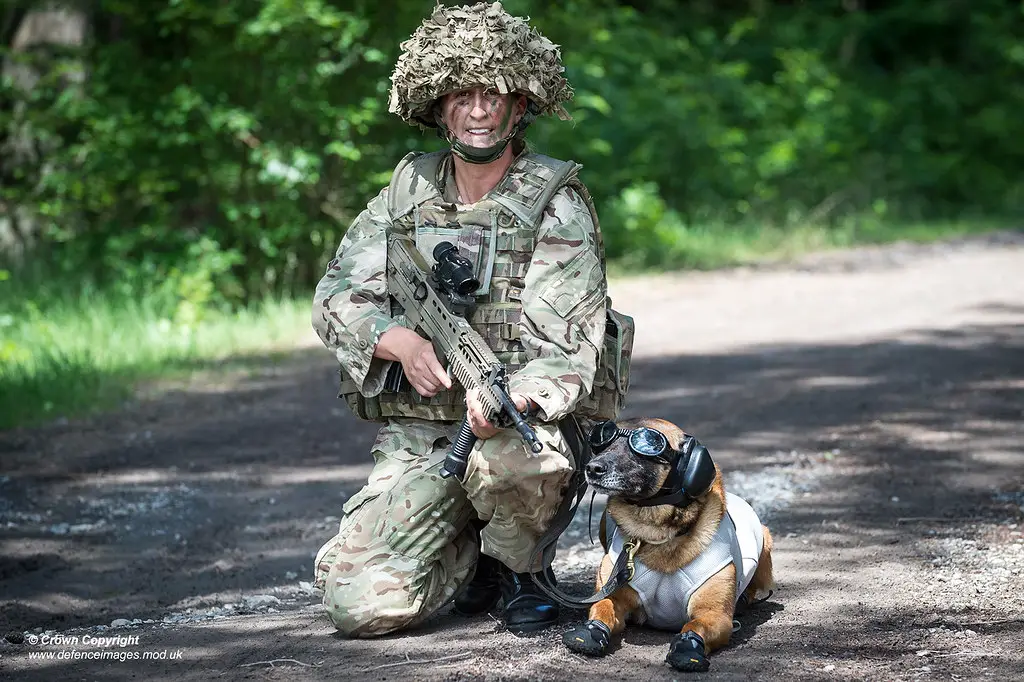
Military contractors have used dogs to simulate battlefield injuries for trauma training. This involves inflicting wounds to practice emergency treatment techniques. While the Department of Defense has phased out many such programs, NPR reported that some practices still exist, particularly in outsourced military research.
Critics argue that with today’s advanced human simulators, using live animals is outdated and inhumane. Proponents claim real tissue provides more accurate practice in chaotic scenarios. However, the ethical implications of deliberately injuring animals for training purposes remain a significant concern. It’s basically the canine version of method acting—except the dogs didn’t sign up for the role. And despite growing pressure from animal rights groups, some programs continue under the radar, hiding behind national security buzzwords. It’s hard to justify hurting man’s best friend when there’s a fully functioning trauma dummy in the next room.
3. Genetically Engineered Pigs With Human Organs Inside
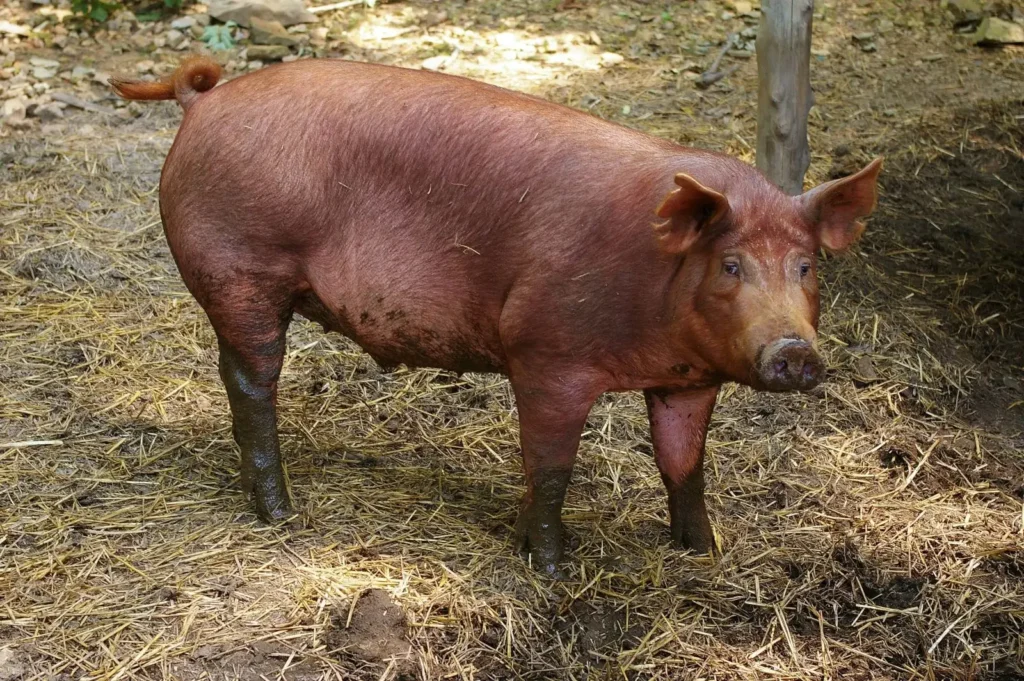
Scientists are growing genetically modified pigs that can host human-compatible organs, aiming to solve the donor shortage crisis. This process, known as xenotransplantation, has already led to partial human organ transplants from pigs. According to Bloomberg, several pig kidneys have been successfully tested in brain-dead patients.
While the science is impressive, it raises questions about animal suffering, disease transmission, and the ethics of growing animals as organ sources. These pigs are often bred to be immunologically modified and then euthanized for their organs. The animals live in sterile, hyper-controlled environments, leading to unnatural existences. They’re not living the Charlotte’s Web life—they’re in a sci-fi holding pattern, waiting to be harvested. Plus, there’s the looming issue of cross-species viruses, which honestly feels like the plot of a pandemic thriller waiting to happen. The pigs may save human lives, but at what cost to their own?
4. Rats Learning to Drive Tiny Cars (Because… Science)
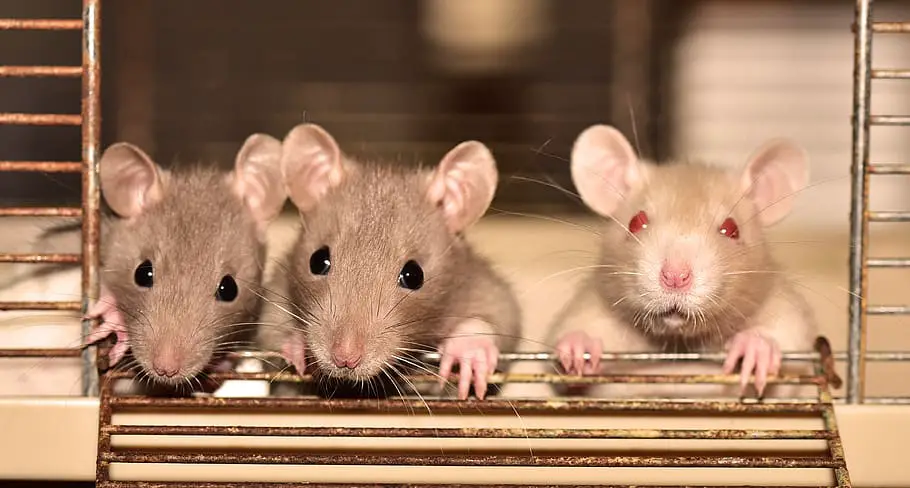
Researchers at the University of Richmond taught rats how to operate tiny, custom-built electric vehicles in exchange for Froot Loops. This study aimed to explore cognitive flexibility and how environmental enrichment affects stress responses. The rats learned to steer using their paws and showed reduced stress levels compared to their lab-bound peers. Smithsonian Magazine covered the study, highlighting the surprising findings.
While the study wasn’t harmful per se, it raises ethical questions about the use of animals in such experiments. The research has sparked discussions about the boundaries of animal testing and the importance of considering animal welfare in scientific studies. Sure, it’s cute—until you remember those rats didn’t ask to be in NASCAR. The underlying question is: do we really need rats to get their learner’s permits to understand human mental health? Still, if there’s a Pixar short in this somewhere, we’d probably watch it.
5. Octopuses Dosed With MDMA to Study Empathy
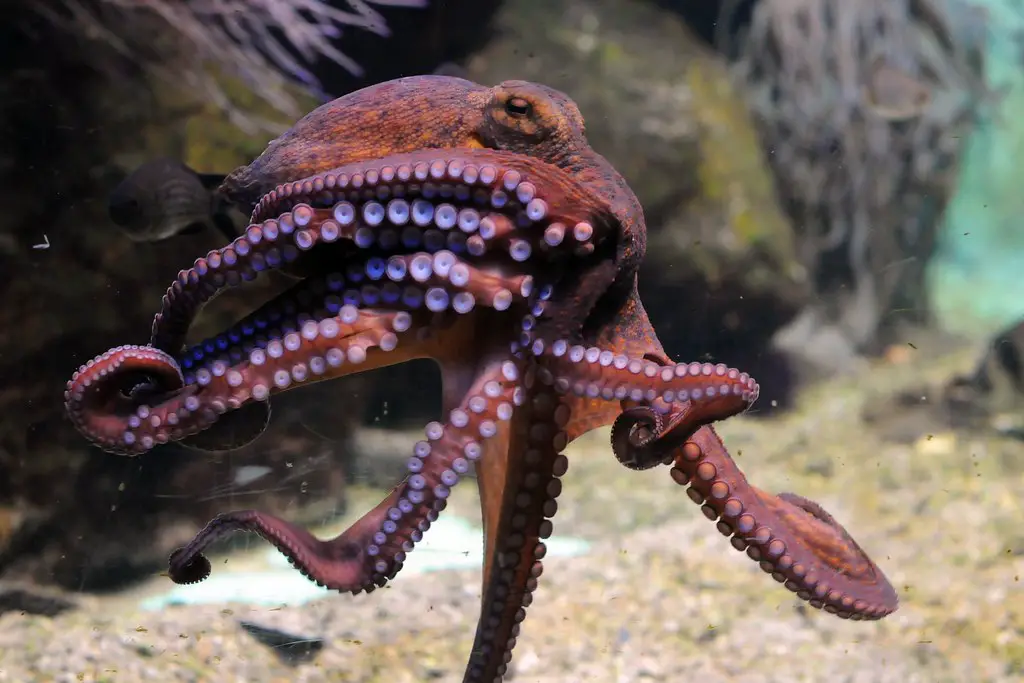
Scientists at Johns Hopkins University gave octopuses MDMA to study whether their typically antisocial brains could be coaxed into more sociable behavior. The octopuses began exhibiting increased social interactions, suggesting similarities in serotonin systems between humans and octopuses. National Geographic reported on the study, discussing the ethical considerations involved.
While the research provides insights into the evolution of social behavior, it also raises concerns about the ethics of administering psychoactive substances to animals. The study has prompted debates about the treatment of cephalopods in research and the need for ethical guidelines. And let’s be real—giving ecstasy to a creature with eight arms and no spine feels like a very risky rave. Some researchers argued it deepened our understanding of empathy; others said, “This is literally a drugged octopus hugging a lamp.” Either way, it’s proof we’re not the only species that just wants a little serotonin and a cuddle.
6. Mice Trapped in Virtual Reality Mazes
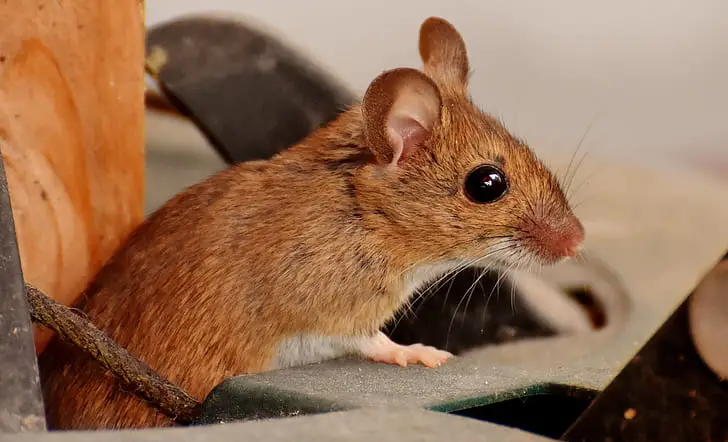
Yes, someone built a VR world for mice. Scientists are sticking tiny headsets—or at least, mini projection domes—onto lab mice and plopping them onto floating balls so they can “run” through virtual environments. It’s part of a brain mapping project to see how rodents learn, navigate, and form memories. But imagine trying to explain that to a mouse. You’re in a blank room, sprinting like your cheese depends on it, and the walls are just pixels.
Researchers love this setup because it lets them measure brain activity down to the neuron while the mouse “moves” through a fake world. It’s high-tech, sure—but also a little cruel when you think about how disorienting it must be. The mice can’t smell anything, can’t feel textures, and definitely can’t escape. While it’s giving big Tron energy, it’s also depriving the animals of natural experiences. All this to better understand our brains, not theirs. At what point does the science fiction stop being worth the confusion?
7. Ferrets Used to Model Human Flu Spread

Ferrets. Cute, wiggly, noodle-bodied creatures. Also, apparently, one of our top stand-ins for human flu testing. Because their respiratory systems are eerily similar to ours, they’ve been used to study everything from seasonal influenza to COVID variants. The catch? They’re deliberately infected, monitored, and euthanized to examine internal damage. So yeah, that ferret in the lab is going through it.
Some of them are even made to sneeze on each other to track aerosol transmission, which is as weird as it sounds. And while these studies can save lives, the animals don’t really have the option to opt out of their germy fate. Keeping them isolated and sick doesn’t exactly scream “ethical enrichment.” It’s a sniffly, sneezy existence that ends far too early. Science wins, but the ferrets definitely don’t.
8. Sheep Hooked Up to Pregnancy Simulators
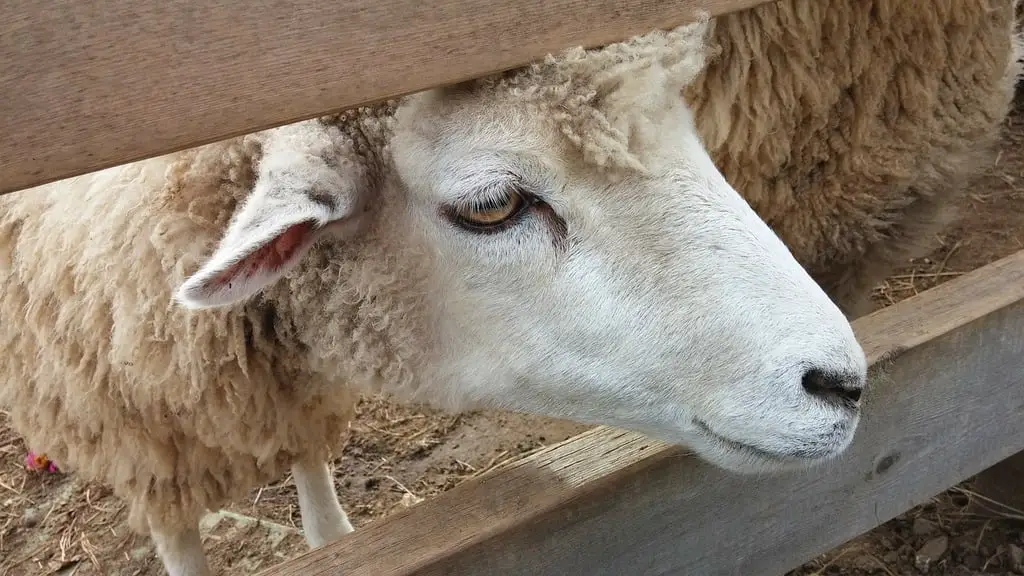
Here’s a sentence you didn’t expect to read today: sheep are being surgically altered and monitored to simulate human pregnancy complications. Researchers use pregnant ewes to test fetal surgeries, artificial wombs, and labor-related interventions. Why sheep? Their size and gestation process make them a decent proxy for human pregnancy studies. Still, these are full-on invasive procedures that often end in euthanasia.
The fetuses are monitored with sensors, and sometimes the uteruses are opened mid-gestation for “testing.” It’s a literal womb-with-a-view—except no one asked the sheep for permission. And while the outcomes might help preemie babies someday, it’s not exactly a gentle ride for the animals involved. The procedures are done under anesthesia, but the recovery—or lack thereof—is rarely glamorous. It’s maternal sacrifice in the most literal sense. Maybe next time, we figure out a more humane workaround?
9. Zebrafish Being Used to Study Addiction
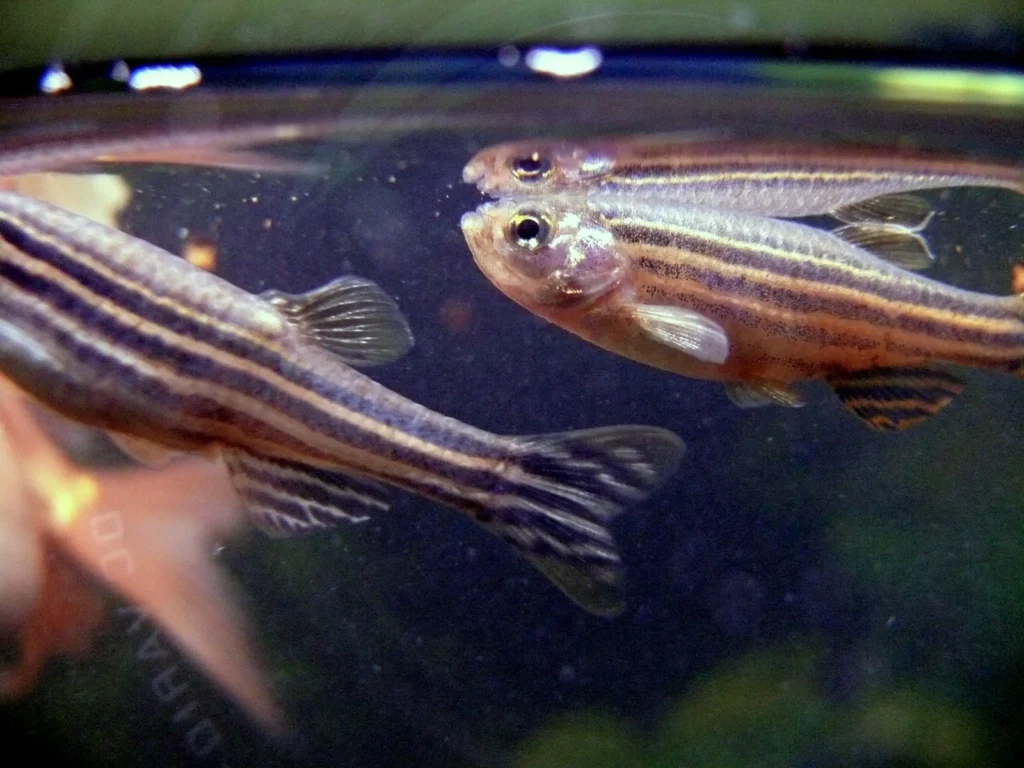
Tiny fish. Big drug problems. Zebrafish are being exposed to everything from nicotine to cocaine in modern research labs, all to study addiction pathways in the brain. Why them? Because they’re cheap, transparent (literally), and their brains light up under microscopes like Vegas.
Scientists have taught them to associate certain lights or areas of the tank with a drug hit—basically turning the fish into underwater lab rats. And while the insights are useful, the process is a little heartbreaking. The fish twitch and twitch, chase false rewards, and sometimes suffer long-term neural changes. Once the researchers get what they need, the fish are typically euthanized. It’s Vegas, baby—but nobody wins. Especially not the guppy who just wanted a chill tank life.
10. Cats Used in Spinal Reflex Experiments

This one’s not for the faint of heart. Some labs have used sedated or paralyzed cats to study spinal reflexes—specifically, how limbs react without brain input. Electrodes are inserted into their spines and muscles, and researchers measure the nerve signals. These experiments can involve severing parts of the spinal cord, all while keeping the animal alive.
The idea is to help people with spinal injuries, which is noble in theory. But the price is often years of suffering for the cats, who are kept in controlled environments with little movement or interaction. Cats are notoriously independent and sensitive animals, so confinement alone is a stress bomb. Add in physical trauma, and it’s just a grim setup. It’s the kind of science that makes you want to hit pause and say, “Isn’t there a computer simulation for this now?” Because at some point, “curiosity” really does kill the cat.
11. Frogs Getting Limbs Amputated for Regrowth Studies
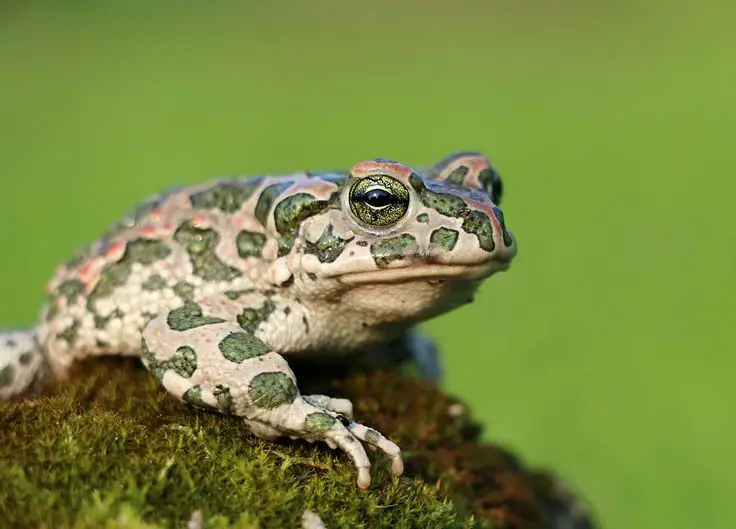
Yep, it’s exactly what it sounds like. Scientists studying regenerative medicine are amputating frogs’ limbs to see if they can kickstart regrowth through drugs, gene therapy, or special gels. And while frogs can regrow some tissue naturally, the process is being dramatically intensified (and manipulated) in labs. The frogs are then monitored for months in sterile tanks, often re-amputated to study repeated effects.
The goal is human application—limb regeneration in war veterans, accident victims, etc. But it means the frogs go through repeated trauma with very little relief. They’re not just test subjects; they’re literal science experiments in progress. Some lose their ability to swim, eat normally, or even breathe properly. It’s all in the name of human healing… but it sure feels like a bad deal for the frogs. Let’s hope we grow a conscience along with the limbs.
12. Cows Engineered to Produce Human Breast Milk

This one’s udderly bizarre (sorry, had to). In a lab twist straight out of a sci-fi novel, cows are being genetically engineered to produce human-like breast milk. Scientists tweak the bovine DNA to include human proteins, hoping the milk will one day be used to feed premature babies or replace formula. It’s a Frankenstein smoothie of science, ethics, and biotech ambition.
The cows are bred in sterile environments, with modified udders and carefully controlled diets. While it’s all technically non-lethal, the animals live anything but natural lives. Their milk isn’t for calves, and their bodies are being tweaked for human gain, not health. Critics argue it’s a slippery slope—especially when companies talk about scaling this for mass production. Moo, but make it dystopian. The milk may be “humanized,” but the process sure isn’t.

